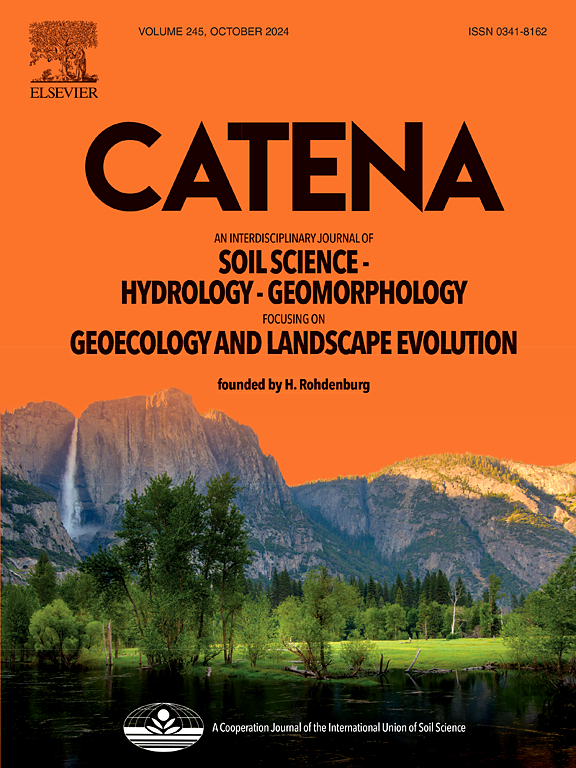Construction of ecological security patterns in typical arid regions based on the synergy of efficient ecological water utilization and environmental quality enhancement
2025-02-01 null null 249(卷), null(期), (null页)
The ecological security pattern (ESP) represents a crucial spatial strategy for ensuring ecological security and promoting sustainable development in arid regions. However, there remains a significant lack of in-depth research on how to construct such a pattern under the dual objectives of efficient ecological water utilization (EWU) and enhancement of ecological environment quality (EEQ). This study evaluates the benefits of ecological water conveyance (EWC) in the lower reaches of the Tarim River, utilizing the modified remote sensing ecological index (MRSEI) model and Maxent model to identify ecological sources. Ecological corridors were further delineated using circuit theory to construct a comprehensive ESP. The findings indicate that increased EWC elevates groundwater levels in the riparian zone to saturation point, subsequently boosting water inflow into Taitema Lake. As water conditions improve, vegetation coverage tends to stabilize, with no significant further increase observed. To further enhance the efficiency of EWU and strengthen the EEQ, the study identifies ecological patches and potential P. euphratica distribution areas requiring urgent protection and restoration under current and potential conditions. By integrating the corridors linking these ecological sources with the river system, the EWU paths are optimized. Additionally, to improve corridor connectivity and facilitate ecological restoration, ecological pinch points and barrier points were identified, and protection zones of varying levels were delineated based on proximity to the corridors. The ESP developed in this research provides a valuable reference for achieving efficient EWU and fostering sustainable environmental development in arid regions.
相关推荐
- Terracing stabilizes and enhances soil organic carbon sequestration benefits of revegetation on the Loess Plateau, China [2025-02-01]
- The precise implementation of the ecological water transfer project effectively promotes the enhancement of desert riparian ecosystem service value in the mainstream of Tarim River [2025-02-01]
- Change and Driving Factor Analysis of Eco-Environment of Typical Lakes in Arid Areas [2025-02-01]
- Effects of soil and water conservation measures on sediment delivery processes in a hilly and gully watershed [2025-02-01]
- Eco-Hydrological Response of Water Conveyance in the Mainstream of the Tarim River, China [2025-02-01]



